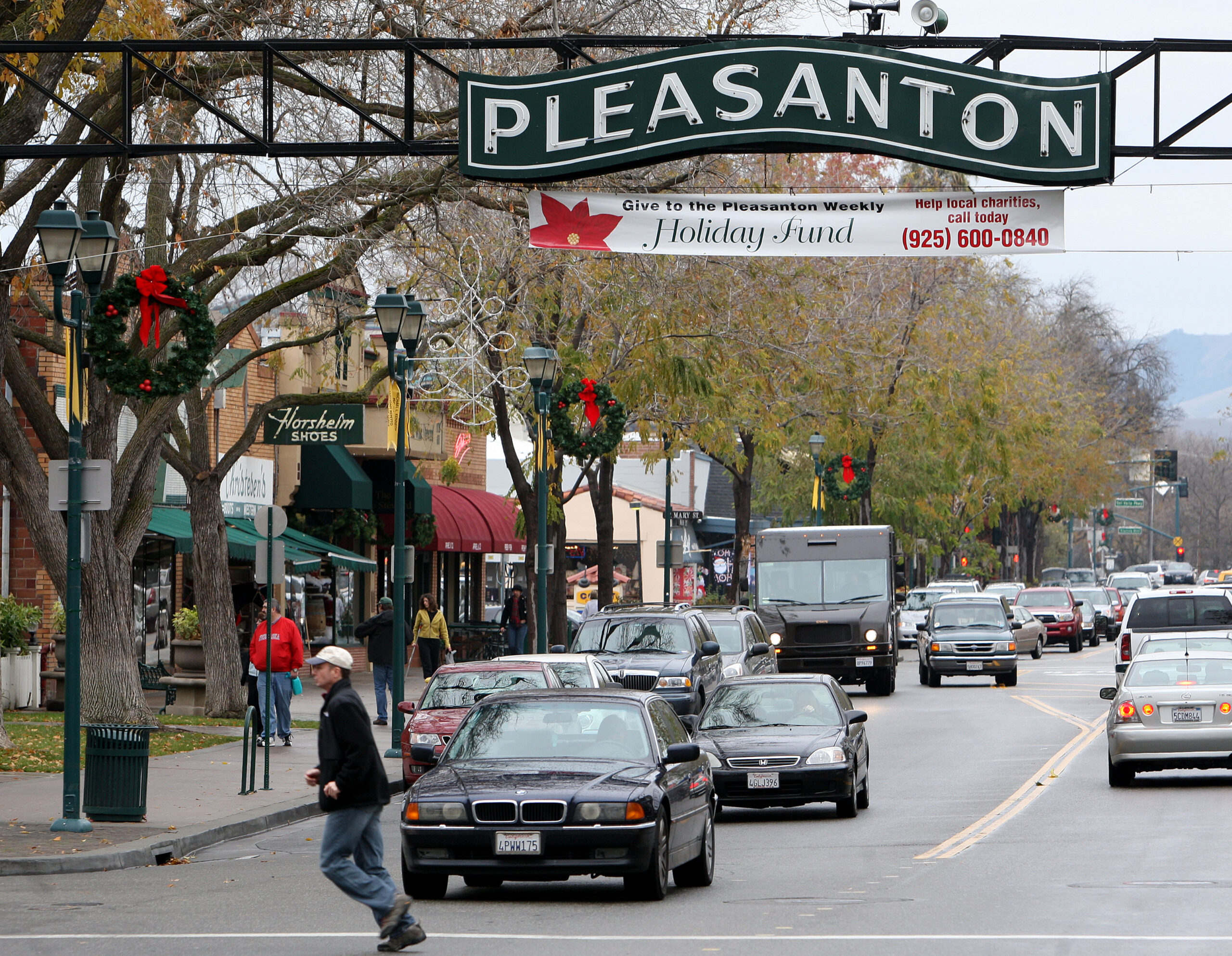Cartoonist Scott Adams’ recent, well-publicized racist remarks might have ended his career, but they were not his first controversies. The Dilbert creator has questioned the death toll of the Holocaust, used the mass shooting in Gilroy to promote his app and alleged that he was discriminated against because he is white.
Adams lives in the sun-filled, well-heeled East Bay town of Pleasanton, once voted one of the top 10 places to visit in the U.S. by the website Liveability.com. With an arched neon sign across its main street, the city looks reminiscent of a Norman Rockwell painting—quaint perfection.
But there’s a not-so-pleasant side of Pleasanton. The largely white town—47.4% white, according to the U.S. Census—has had its own struggles with equity and inclusion. An analysis of the city’s census conducted by UC Berkeley’s Othering & Belonging Institute found that Pleasanton’s population is currently somewhat segregated. From 1980 to 2000, the city was rated as having high segregation.
A local construction company was sued for alleged harassment by an African American woman in 2017 after she said the owners dressed up like Trump and brandished the Confederate flag at a company Christmas party.
In 2018, a Facebook community page for the city became overrun with racist remarks after someone posted a controversial—and clearly staged—image of a Middle Eastern-looking man mowing grass with a rifle. The poster? The site’s administrator.
Pleasanton Unified School District has also struggled with racial tensions. Black students comprise only 1.38% of the student population, but have the most disabilities (16.5%) and the most suspension incidents (10.17%), according to a 2021 district report. Black students have the lowest graduation rate in the district, at 93.3%.
Yet the city is trying to address these concerns—there’s a different, drama-free Facebook community page and an increased call for looking at school enrollment statistics. In addition, the school district has committed to a three-year contract with an outside consultant to address equity gaps.
Correction: Pleasanton is not a “majority-white city.” Although whites make up the largest racial group in the city, they comprise just under 50% of the population.
